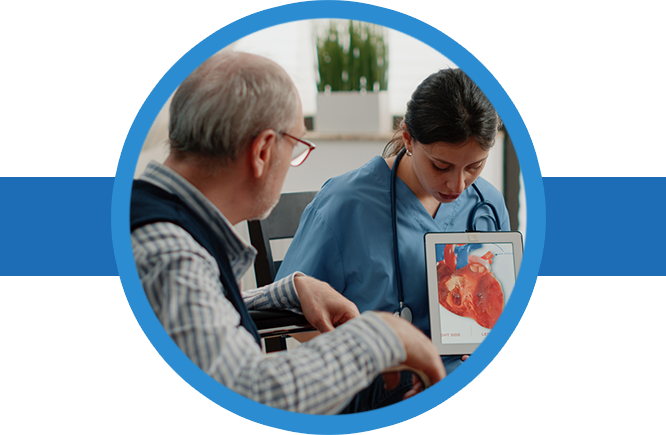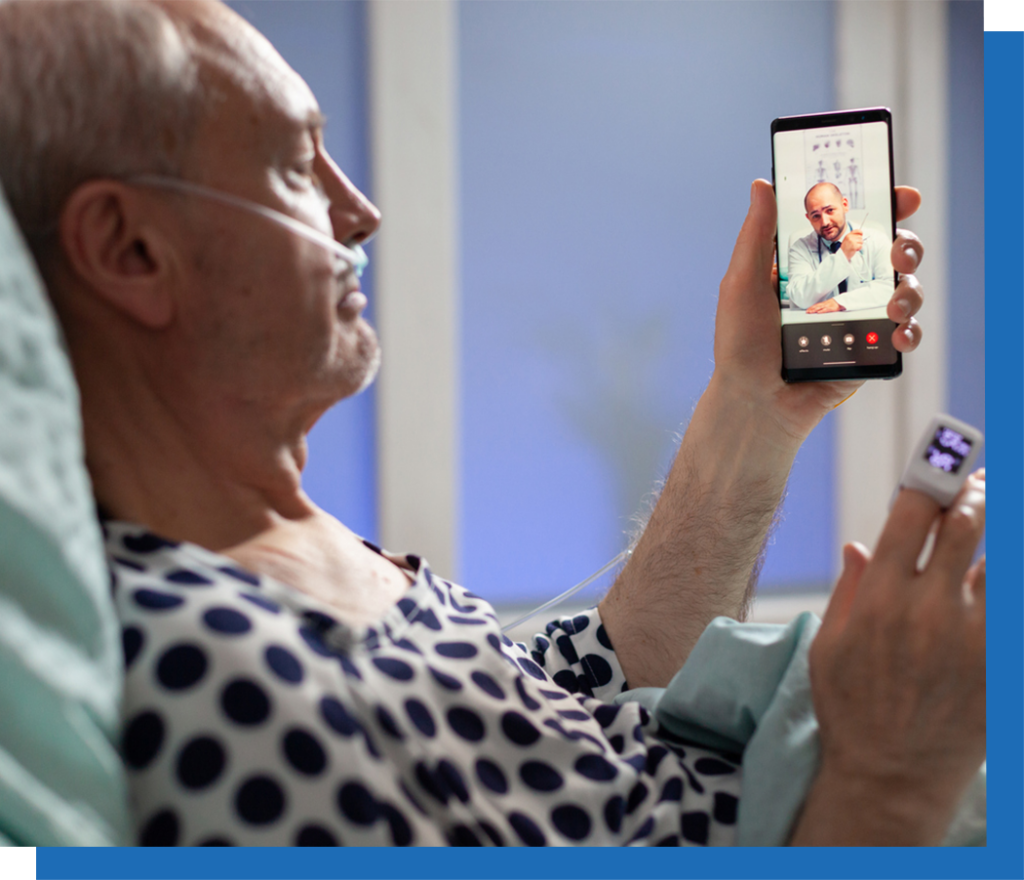RemotePatientPro™ (RPP) enhances healthcare delivery for various types of medical providers through continuous remote monitoring. Each provider type benefits from real-time data and alerts that enable proactive care, improved patient outcomes, and more efficient care management. Here’s how RPP supports different healthcare settings.


RemotePatientPro offers physician practices the ability to monitor patient health remotely, making Chronic Care Management (CCM) easier.
By tracking health metrics like blood pressure, glucose levels, and weight, physicians can proactively adjust treatment plans, intervene before symptoms worsen, and avoid unnecessary in-office visits.
This not only improves patient care but also increases practice efficiency, allowing physicians to focus on cases with the greatest urgency.
Continuous monitoring also ensures that patients remain engaged with their care and take active roles in managing it.

Remote monitoring helps FQHCs reach underserved populations, enabling continuous care even when patients cannot make frequent visits to a clinic.

Patients suffering from chronic diseases like diabetes or high blood pressure can have their vitals tracked more effectively to prevent complications and unnecessary hospitalizations.

Real-time data and personalized alerts can help providers address the needs of patients through comprehensive, high-quality care, regardless of geographic or socioeconomic barriers.
Hospitals and health systems can track patient vitals regardless of location. Providers can offer continuous care and make timely interventions without requiring frequent in-person visits.
RPP reduces the risk of readmissions by letting hospitals monitor patients closely after being discharged. Sensors can identify potential health complications early so that they can be addressed without the need for emergency visits.
Patients at high risk benefit from continuous monitoring because their providers can adjust treatments and respond to changes in their conditions before they escalate.
Hospital staff have an easier time sharing real-time health data, which leads to better coordination between doctors, nurses, and specialists. Every team member is on the same page about an individual patient’s care.
RemotePatientPro reduces the need for in-person visits, allowing for efficient patient health management. This saves time for providers, letting them focus on critical tasks and provide comprehensive care.
Health data provided by RPP allows healthcare providers to make more-informed decisions regarding patient treatments. Access to current information about each patient’s condition, their medication adherence, and their key health metrics can make it easier for providers to adjust care plans. This reduces reliance on guesswork, avoids errors, and permits treatment plans to be more personalized and precise for managing both acute and chronic conditions.
ACOs can use RPP’s continuous data-tracking to identify early warning signs of deteriorating health — including sudden changes in vital signs or symptoms — to prevent unnecessary hospitalizations and emergency room visits. If those changes are less severe, patients may also be able to receive appropriate care in the comfort of their homes or in outpatient settings, further reducing healthcare costs.
RPP empowers ACOs to shift from reactive treatments to proactive, preventive care by identifying at-risk patients and intervening before their health issues become severe. The ability to monitor trends over time lets providers create tailored care plans for prevention that can include lifestyle adjustments and managing chronic conditions. RPP reduces the need for crisis intervention, lowers healthcare expenses, and ultimately enhances quality of life for patients.
Value-based care providers benefit from RPP’s ability to track and monitor patient vitals while controlling practice costs. Chronic conditions can be managed more efficiently, allowing providers to put a greater emphasis on quality and long-term health. Continuous monitoring makes it more likely that patients will receive the treatments they need at the appropriate times, improving their satisfaction and the overall success of the care-delivery network.


RemotePatientPro™ is a leading provider of innovative healthcare solutions designed to empower providers and enhance patient care. Our advanced technology supports real-time health monitoring, streamlines care delivery, and improves outcomes while generating additional revenue.
© 2025 All Rights Reserved.